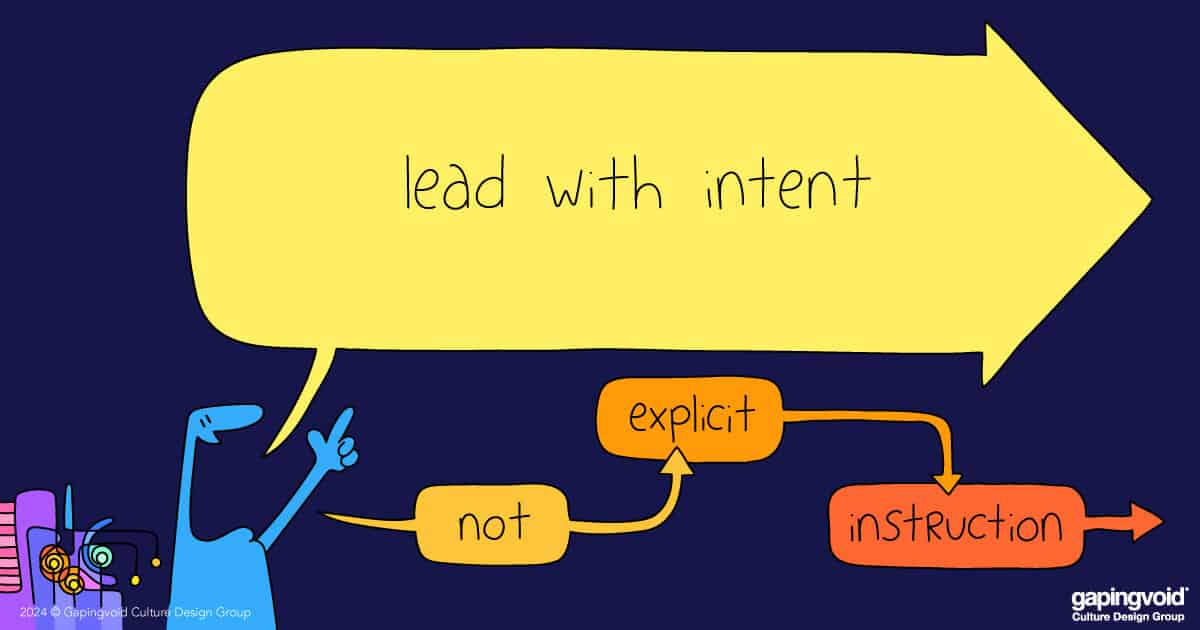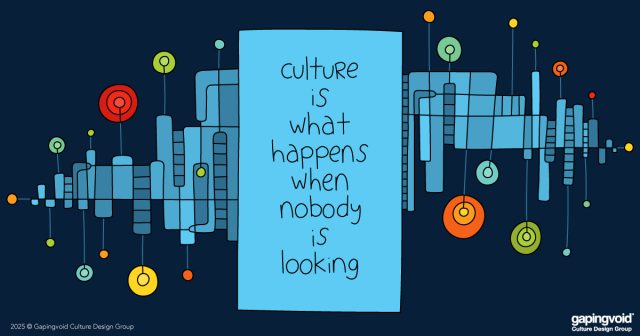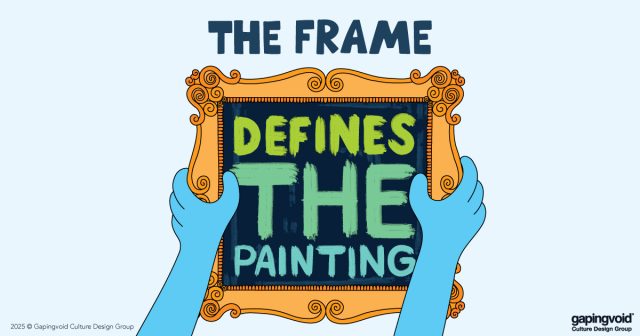
Napoleon had a paradoxical leadership style.
Instead of organizing his army into one huge mass, he organized his army into semi-autonomous divisions of 20-30K men, called “Corps.” These divisions were “self-sufficient armies unto themselves,” and “capable of fighting independently.” As long as each division remained close enough to the others to offer support if it was needed, his generals were free to operate on their own initiative.
Napoleon would tell them what to do. They would decide how to do it.
It’s strange that Napoleon, an authoritarian dictator who declared himself emperor of France, was so willing to offer his generals autonomy. However, as his secret weapon was speed and mobility- allowing him to run rings around the enemy- this method allowed his Corps to maneuver extremely quickly without having to wait around for permission.
This reminded us of something Morgan Housel, the author of The Psychology of Money and Same as Ever, recently tweeted: “A lot of good company culture is just paying people well and leaving them alone.”
The truth of this depends on what “leaving them alone” means.
If it means giving people the freedom, autonomy, and breathing room to take ownership of the “how,” (not unlike Napoleon’s Corps), then it’s spot on. But, if it means forgoing connection and community, it’s not. Independence is different than isolation: people can be close-knit, connected, and autonomous, all at the same time.
More importantly, the key assumption of his tweet is correct: Culture is something you can design, and you design it with your decisions.
“Paying people well” – that’s a choice. “Leaving them alone” – another one. Whether or not they are good choices depends on just what kind of company you have, and just what kind of culture you are trying to create.
Usually, deciding to pay people well and giving them autonomy are important (but not sufficient) steps to a good company culture. But there’s a bigger picture here, namely that: you don’t have to leave culture to chance, to fortune, or to fate. Culture isn’t a dice-roll; it’s something you design.
The most important step is deciding to do something about it.



